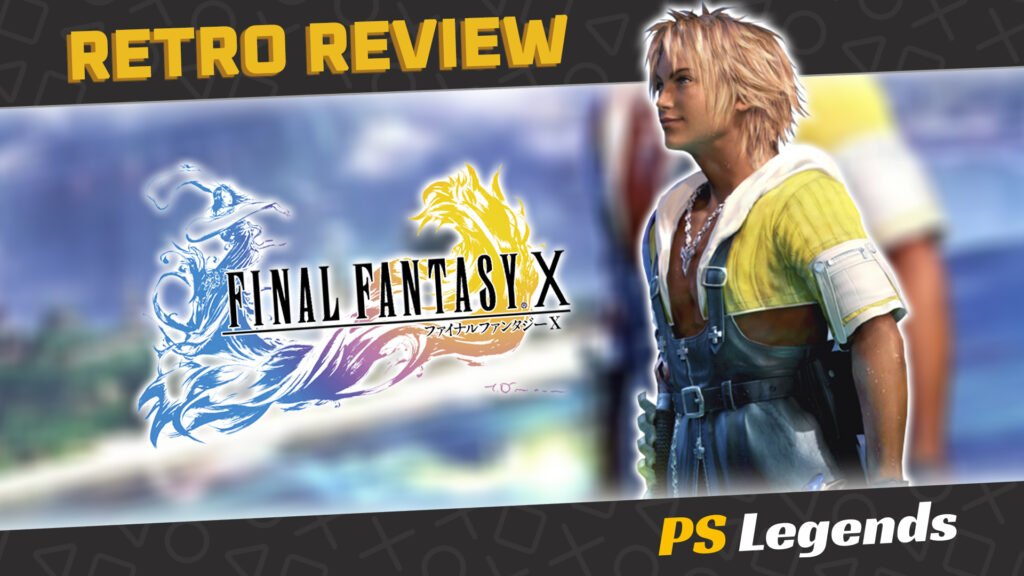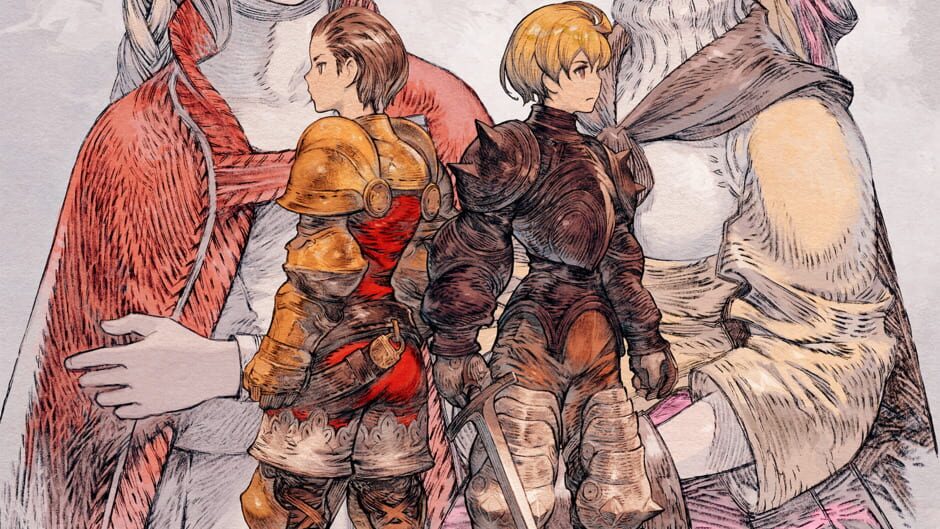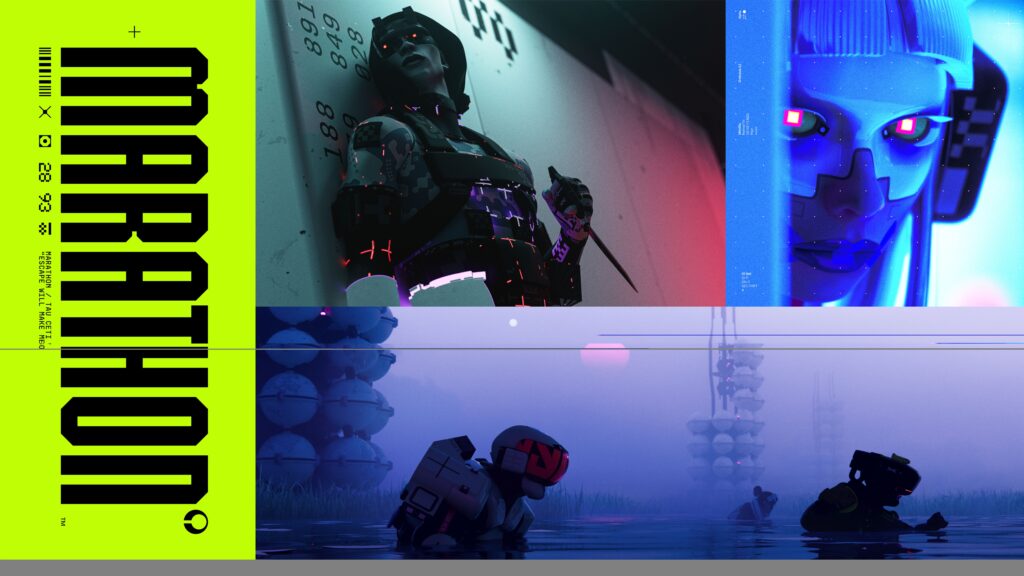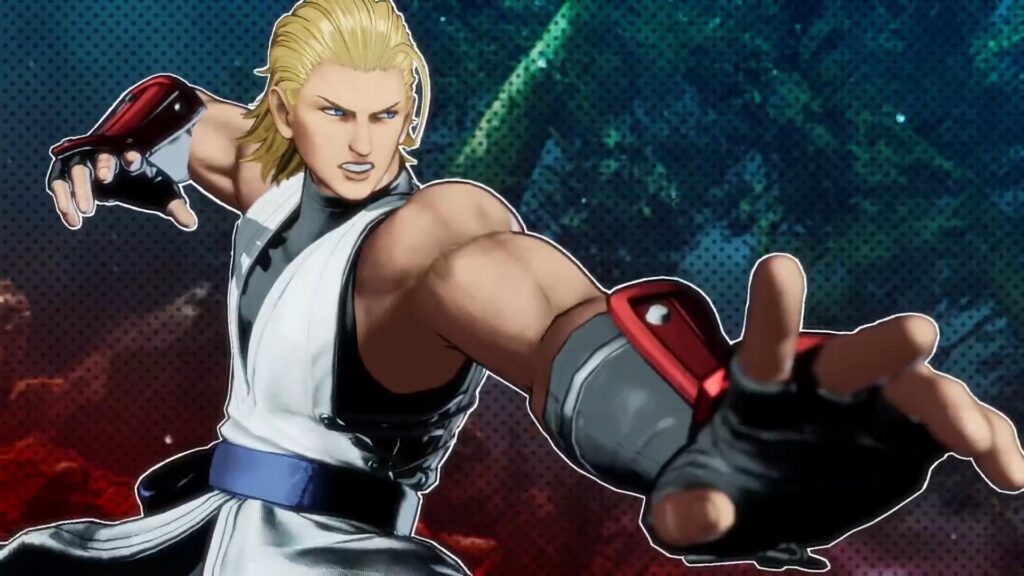As unprofessional as it may appear, I can’t help but write about my emotional investment in the Final Fantasy saga since it’s a series that kept me company during my difficult high school and college years. No matter how hard things got at school or even at home, I always had beautiful worlds filled with equally beautiful characters to escape to.
Final Fantasy X was the last game of this period for me, and one I’m eternally grateful for during this awkward transition into adulthood. It’s certainly not a perfect game and broken down into narrative elements, you’ll find multiple components that were better performed by the game’s predecessors, but it’s nevertheless an emotional journey that stays with you, with characters that you can once again connect with on such a personal level.
On This Page

Introduction
Final Fantasy X is a role-playing video game developed and published by Square as the tenth main entry in the Final Fantasy series. Originally released in 2002 for PlayStation 2 in the west, the game was re-released as Final Fantasy X/X-2 HD Remaster for PlayStation 3 and PlayStation Vita in 2013, and for PlayStation 4 in 2015.
The game marks the Final Fantasy series’ transition from entirely pre-rendered backdrops to the inclusion of some fully three-dimensional areas, and is also the first in the series to feature voice acting. Unlike the often urban settings of previous games, Final Fantasy X is more rural in design, influenced by the South Pacific, Thailand and Japan. Water is also a recurring theme, with many locales being port towns or fishing villages.

Story
Our tale begins with Tidus, a young Blitzball player (think underwater football). During one particular match, Tidus’ home city of Zanarkand is annihilated by a colossal monster known as Sin. Engulfed by the creature’s strange power, Tidus and his guardian, Auron, are transported ahead in time to 1,000 years in the future where Sin’s constant attacks have forced mankind to live in a fearful, technological decline.
A stranger in a strange land, Tidus is rescued by a bubbly girl named Rikku and later befriends a fellow Blitzball player named Wakka. As Tidus integrates into a larger entourage of friends, he soon finds himself a guardian for a girl named Yuna, an aspiring summoner who seeks to defeat Sin, no matter the cost. Yuna’s pilgrimage will see her forming pacts with the Fayth, deities which grant her the ability to summon powerful creatures known as Aeons to aid her in her quest.
In a time where I suddenly needed to start thinking about a career, interviewing and making real connections with people while also paying my way in the world, Final Fantasy X mirrors this realisation beautifully. Where most games see your protagonist rise from zero to hero, Tidus’ journey is the polar opposite of this, being a rare example of a ‘fish out of water’ story. This isn’t to be confused with an ‘isekai’ story, since the world of Spira is a vaguely familiar one, yet Tidus will occasionally feel slightly detached from reality.
Once a famous celebrity mere moments ago, Tidus now has to learn how to defend himself and his new friends in order to survive. He brings a quirky, upbeat attitude to his usually somber party which isn’t always appreciated, yet it seems to bring the previously shy Yuna out of her shell and the two soon bond over their once privileged pasts and dangerous present.

Gameplay
Tidus and Yuna’s journey sees the party make a surprisingly linear pilgrimage back to Zanarkand, recruiting characters and Aeons along the way. The linearity here makes for an enjoyable journey which is free from distractions, allowing the player to savour the story. The game’s final act sees the world open up to the player, bringing with it new challenges and rewards for those who take the time to explore, stat-grind and practice the many mini-games.
Like previous games in the series, Final Fantasy X is presented in a third-person perspective, with players directly navigating the main character around the world to interact with people, places and objects. Unlike previous games, the world and town maps have been fully integrated, with terrain outside of cities rendered to scale. As Tidus explores the world, he randomly encounters enemies. When an enemy is encountered, the environment switches to a turn-based battle arena where characters and enemies await their turn to attack.
Final Fantasy X features a more traditional turn-based battle system in place of the series’ regular Active Time Battle (ATB) system first used in Final Fantasy IV. Whereas the ATB concept features some real-time elements, the traditional system is an entirely turn-based format which pauses combat during each turn. Therefore, this system allows the player to select an action without any sort of time pressure.

A graphical timeline along the upper-right side of the screen details who will be receiving turns next, and how various actions taken will affect the subsequent order of turns. The ordering of turns can be affected by a number of spells, items, and abilities that inflict status effects upon the controlled characters or their enemies. The player can control up to three characters in battle, though a swapping system allows the player to replace them with a character outside the active party at any time.
Highly damaging special attacks make a welcome return, now known as ‘Overdrives’ rather than ‘Limit Breaks’. In this version of the feature, many of the techniques are interactive, requiring button inputs to increase their effectiveness. Overdrives can be used when the relevant character receives a significant amount of damage.
Final Fantasy X overhauls the summoning system employed in previous games of the series. Whereas in previous titles a summoned creature would arrive, perform one action, and then depart, the Aeons in Final Fantasy X arrive and replace the entire battle party, fighting in their place until either the Aeon wins the battle, is defeated, or is dismissed by the player. Aeons have their own stats, commands, special attacks, spells, and Overdrives.

As with previous titles in the series, players can develop and improve their characters by defeating enemies and acquiring items, though the traditional experience point system is replaced by a new mechanic called the ‘Sphere Grid’. Instead of characters gaining pre-determined stat bonuses for their attributes after levelling up, each character gains ‘Sphere Levels’ after collecting enough Ability Points (AP).
Sphere Levels allow players to move around the Sphere Grid, a pre-determined grid of interconnected nodes consisting of various attribute and ability bonuses. ‘Spheres’ are applied to these nodes, unlocking its particular function for the selected character. The Sphere Grid system allows players to fully customise characters in contrast to their intended battle roles, such as turning the White Mage Yuna into a physical attacker, or the thief Rikku into a powerful spell-caster if you wish.
Lastly, Blitzball is a mini-game that requires strategic tactics. The player controls one character at a time as they swim through an aquatic sphere performing passes, tackles, and attempts to score goals. The gameplay is similar to that of the main game in the way that the controlled character moves through the area until they encounter an enemy. In this case, the enemy is a member of the opposing team. Each player can also learn certain techniques and abilities to give them an advantage over the opposition.

Graphics/Sound
If getting the most visually impressive and orchestral version of the game is important to you then you may wish to consider the PS3/PS4 HD Remaster instead. Enjoy the musical and visual overhaul which this HD remaster has received, with several orchestrated songs replacing their previously midi versions, and character models which have been gloriously re-skinned with beautiful new textures which help bring them to life, particularly during those close-up cutscenes.
That being said, the original PS2 version of the game isn’t hugely outclassed by its remaster. The game was, after all, leaps and bounds ahead of its time back in 2002. Visually, it squeezes every last ounce of power out of the PlayStation 2 to deliver graphics which, while limited to a ‘letterbox’ view due to the PS2’s shortfalls in widescreen conversion, still grants visuals that are almost HD in overall quality.
The soundtrack is suitably epic as before, with a powerful, addictive battle theme present throughout and also three songs with vocal elements, including the Japanese opening theme ‘Suteki da ne’. The other songs with lyrics are the awesome heavy metal opening theme, ‘Otherworld’, sung in English by Bill Muir, and ‘Hymn of the Fayth’, a recurring piece sung using a Japanese choir.
Some seriously heavy-hitters in the voice acting pantheon find their home here in Final Fantasy X, all bringing their talents to empower the game. James Arnold Taylor (Ratchet & Clank) brings comical life to Tidus, while Yuna is expertly voiced by Hedy Burress (Valkyria Chronicles). TV animation legend John DiMaggio provides his talent for both Wakka and Kimahri Ronso. Lulu is played by Paula Tiso (No More Heroes) and Auron by TV actor Matt McKenzie (Veronica Mars). Rounding out the main cast is Rikku played by bubbly VA legend Tara Strong (Batman series).

Replayability
As the party reaches the end of the pilgrimage, they’ll gain access to a popular Final Fantasy favourite: an airship, though this acts as something of a double-edged sword. You can now fly to any area in the game you wish, yet this is little more than a menu-based fast-travel system rather than a means of exploration. You can also recruit any secret Aeons you missed and catch up with old friends you met along the way, yet you might just trigger an encounter with the incredibly powerful Dark Aeons which can easily wipe out an unprepared party.
Yes, there are multiple secret bosses and a battle arena for a skilled party to work through but you’ll need to put the hours into grinding battles to allow you unlock every skill and stat boost available in your party members’ developmental Sphere Grids. Add to this the huge number of mini-games you’ll need to master (including Blitzball) if you want to collect each character’s ultimate weapons, and the game’s final chapter can become unfortunately over-long and repetitive.
There has to come a point where enough is enough, when those annoying mini-games feel irrelevant to the narrative and the grinding lets what was previously fast and flowing turn-based combat with catchy music overstay its welcome. This makes for a game that’s easy to finish if you just want to see the credits roll, but incredibly hard to master if you want that coveted perfect run.
The perfect save-file is the dream of many a Final Fantasy fan, and arguably why such an iconic game is far more at home on the PS2 rather than its remastered PS3 and PS4 versions. This simply comes down to how difficult and time-consuming all the mini-games are, which bring with them highly desired rewards and upgrades. The work required is intense, and so a console which still grants access to cheats via the use of legitimate coding devices such as Action Replay and Gameshark modding disc systems are an absolute godsend here.

Conclusion
Where Final Fantasy IX implemented the hefty burst of mini-games which were often irrelevant to the main quest, Final Fantasy X continues this trend to even greater extremes. This would continue to be a bad habit which would clutter up future entries too, so it’s briefly interesting to see where this undesirable attitude originated from, with even some of the better games in the series plagued with silly tasks that occasionally slow progression and heavily prevent mastery.
Blitzball is introduced in the beginning of the game during one of the early cinematic sequences in which Tidus is revealed as a star Blitzball player. It is the only mini-game that plays a role in the overall plot line as it is a main part of Tidus’ character. Unlike other mini-games, playing Blitzball is mandatory near the beginning of the game, but thankfully is later optional.
Such emphasis is placed on Blitzball that it feels like Square wrote Tidus’ backstory as a Blitzball player simply for a reason to implement this gameplay gimmick which is forced down your throat at every opportunity. Personally, I felt that Blitzball was a huge, inappropriate distraction from the beautiful story and left a bitter taste in my mouth and no desire to play that part again. Were it not for my trusty Action Replay, I’d never see the significant rewards received from it and the countless other mini-games which made legitimate full completion something of a nightmare.
This is why, for all of the stunning character reskinning and soundtrack enhancement available in the PS3/PS4 HD Remaster, Final Fantasy X feels a touch more accessible back on PS2, so choose whichever version suits your play-style and/or preferences. With the negatives (and their workarounds) out of the way, it’s time to decide if Final Fantasy X stands the test of time.
Final Fantasy X was, and still is, a beautiful tale. Like Final Fantasy VIII and IX, it’s a coming-of-age story of first loves and finding one’s identity with the help of one’s friends, making the choice to honour family traditions or find one’s own path through life. In a nod more so to Final Fantasy VII, X also puts its own curiously eerie twist on the cycle of life and death which flows through the world of Spira, while the questionable intentions of the game’s divinity, the ‘Fayth’, give the player a whole lot more to contemplate. The game and its lore are genuinely fascinating stuff.
Joys
- Stunning, emotional story with vibrant key characters
- The linear journey helps cut a lot of potential filler and rewards the player’s patience by opening up the world later
- Superb visuals which still hold up even today
Cons
- The latter part of the game is cluttered with irritating mini-games
- Tidus’ backstory feels a little tacked-on to justify the obsession with Blitzball
- Very hard to truly master without some crazy grinding



